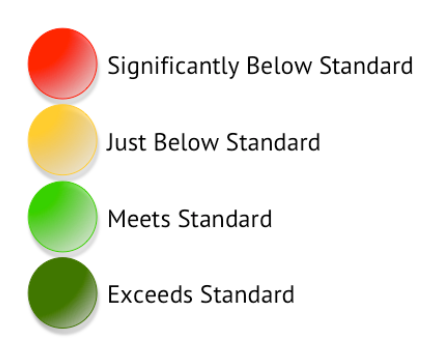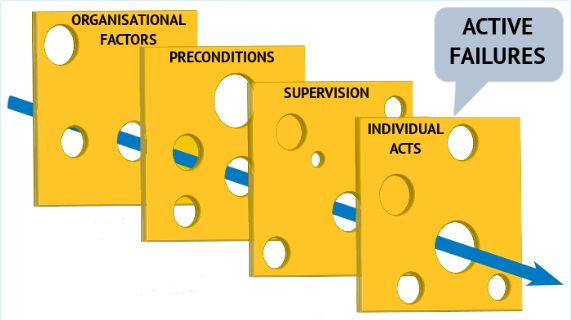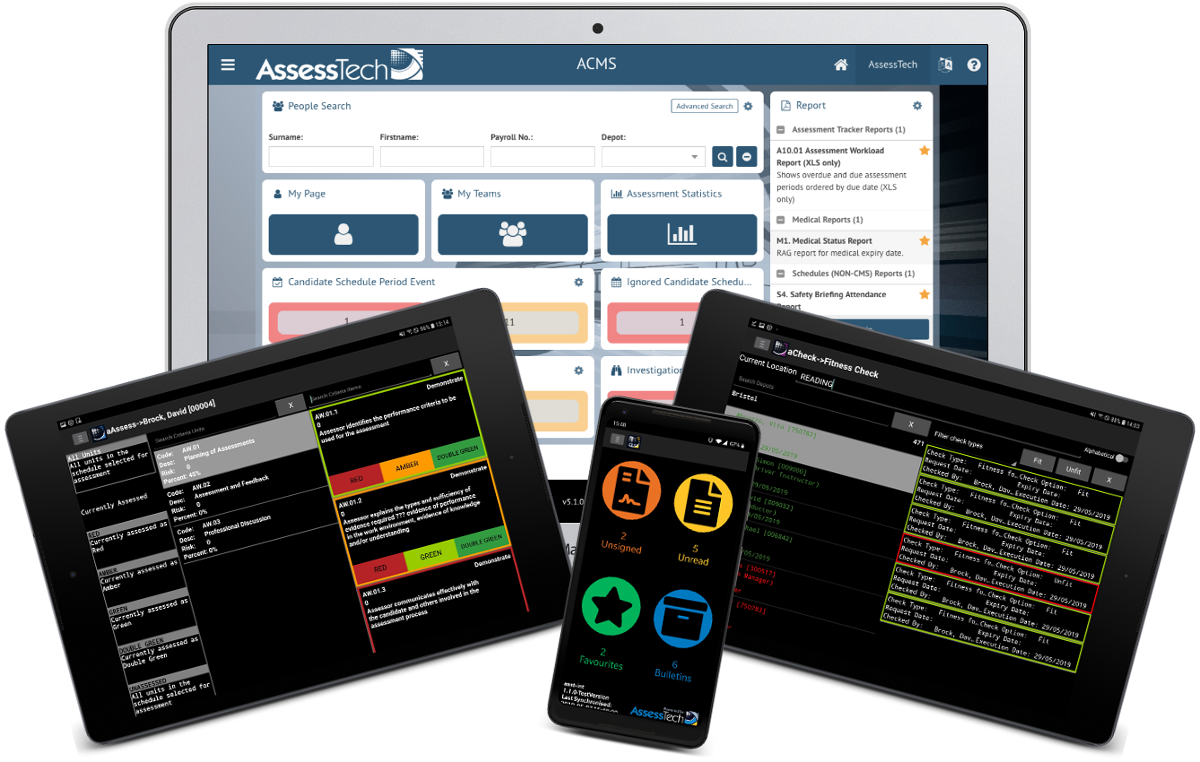Developmental Competence Management
What is it? And why is it extremely important now that staff are working remotely?
Developmental Competence Management is all about putting the candidate front and centre of the process, focussing on their needs and encouraging them to own their own competence. But why do we want to do this? What is gained from this approach? And why now, more than ever, do candidates need to start owning and managing their own competence when regular assessment is more challenging?
In order to understand this it is necessary to first describe the options…
Over time competence management has found itself divided into two different camps:
- Compliance-based
- Developmental

The Compliance-based Approach
The driver for a compliance-based approach is the assurance that an organisation is adhering to the terms of their safety certificate and franchise agreement, essentially asserting that they are compliant with the law.
Typically this results in a reactive approach and a determination to spend as little time and effort as possible on gaining that assurance. Minimum time is spent with candidates, and as a result, little is known about them or their level of competence – they are either competent or not competent. The training needs of the organisation are based on current legislation and incidents that have occurred with the company, rather than any feedback from the candidates or measurement of candidate performance.
Organisations participating in the compliance-based approach simply cannot implement improvement plans or become pro-active about competence management because problems and issues are not found until someone has an incident. The compliance-based approach is reactive by its nature.
The Developmental Approach
Developmental Competence Management encourages the candidate to take ownership of their own competence by providing clear learning materials, open access to their records and Assessor support. Rather than assessing them and determining them “competent or not”, a grading system is used to rate individual criteria and highlight any development needs. As a result of this more granular grading, learning and development can be tailored for the individual and will actually help them to improve their level of competence.

The grading system is vital within a developmental system because it is the tool used to identify development needs. In theory, the grading system can have any number of levels, however they are usually most effective with a small number of levels as this is easy to understand and meanings are clear. The example shown here is a grading system based around a variation on traffic lights.
In this system, a candidate receiving a RED against a criteria item would know that they have a significant development need – perhaps retraining is required. Whereas an AMBER would indicate a more minor need, say a clarification or re-briefing, which could even be undertaken by the Assessor at the time. GREEN would indicate the candidate performed as expected and the darker green (or DOUBLE GREEN) would be a recognition that the candidate had gone above and beyond in some way.
With a reduction in rail services, some staff may have less shifts which will result in them practicing their competence less. It is therefore more important than ever for candidates to have access to their own e-learning, performance criteria and linked learning material. The responsibility will now lie with the candidate to take ownership of their own competence, so having access to the materials and the red/amber/green grading system will provide them with the tools to practice a developmental competence approach.
Assessor Candidate Engagement
When an Assessor is planning to undertake a developmental assessment they will make a plan that’s designed to engage the candidate fully. They will make sure the candidate understands the performance criteria, understands what’s being assessed and why; and even ask them if there is anything they need help with.
Now, with social distancing changing the way people work, Assessors having access to candidate’s developmental competence information remotely means they can easily manage and develop their people from any location.
Discussing the assessment in these terms means that the candidate has the opportunity to highlight any areas within their competence that the feel are weaknesses or anywhere they lack confidence. They should feel confident about doing this, knowing that an assessment in this area will help them to get any help and development that they need – leading to them feeling more confident and competent at the end of the assessment than they did in the beginning.


The outcome is that candidates are encouraged to deal with their own shortfalls pro-actively, before an incident occurs; hence owning their own competence.
Benefits of a Developmental System
A well executed Developmental Competence Management system will bring the following benefits to an organisation.
- Improved Performance – People become more competence over time by focusing on their own development needs through access to linked learning materials and the assessment grading system. They feel empowered because they own their competence and know exactly where to focus; and they stop dreading assessments.
- Improved Visibility and Confidence – A company deploying a developmental approach has a very good idea of its level of competence. This view is based on data gathered from a reliable source. This data shows the learning state of the individual as well as groups of people within its organisation, and it can be used to analyse the effectiveness of training.
- Reduction in Incident Rates – Performance issues are dealt with pro-actively, before they course incidents, instead of reactively in response to an incident.
- Cost Savings – Incidents are expensive, inefficient training is expensive, writing and managing competence development plans for candidates that have “failed” is expensive – all these costs can be reduced by introducing a Developmental Competence Management system.

Contact us to find out how we can help your organisation.







